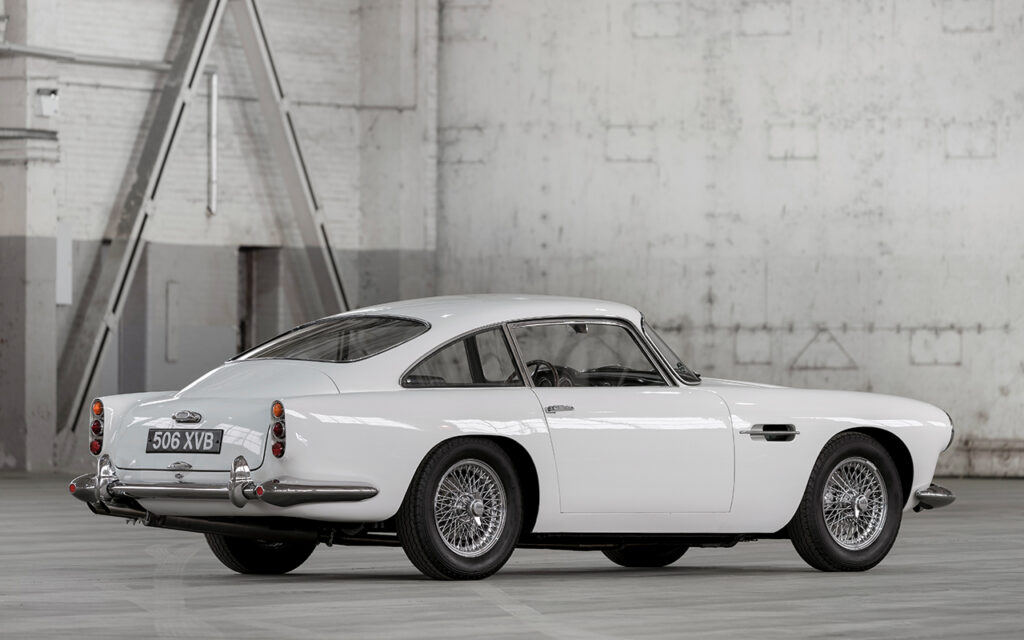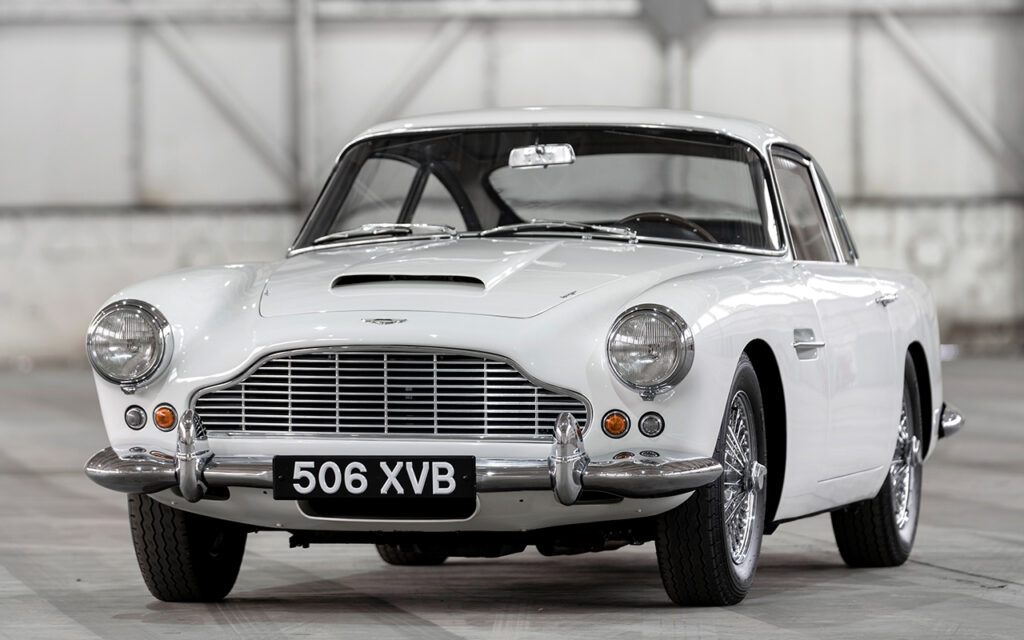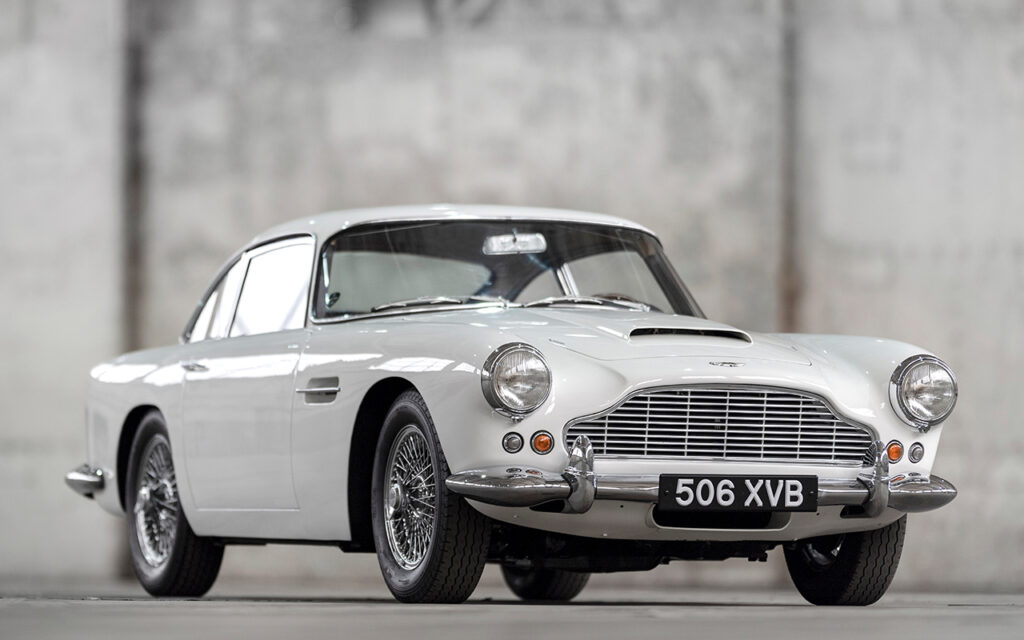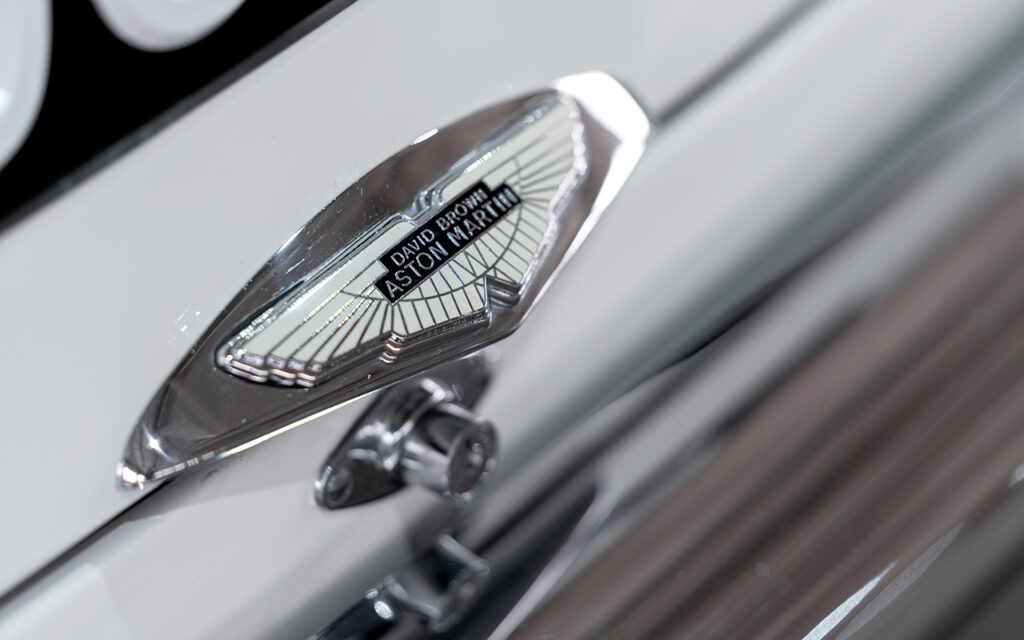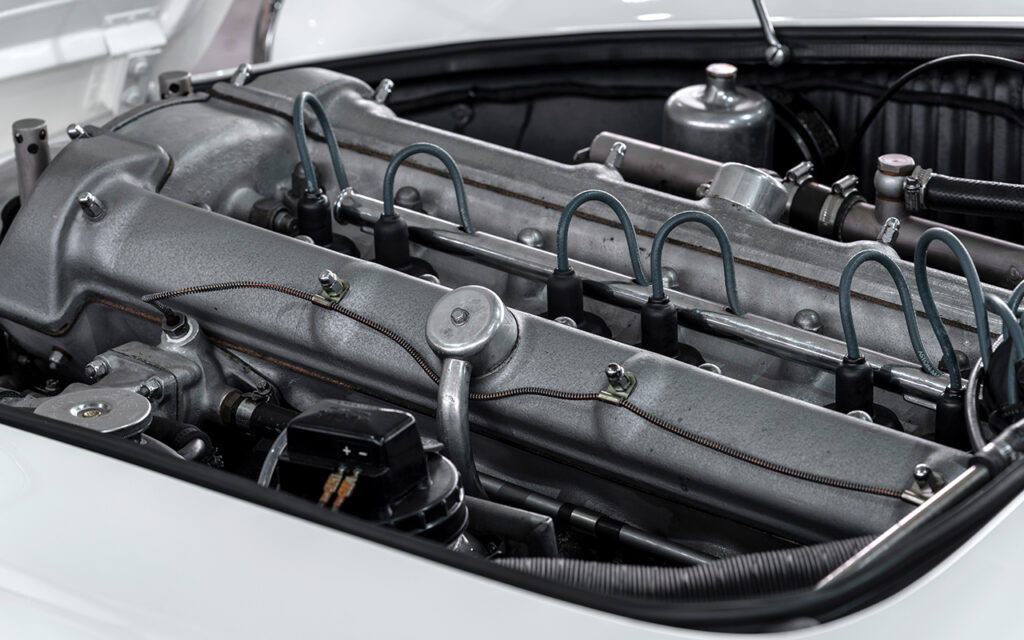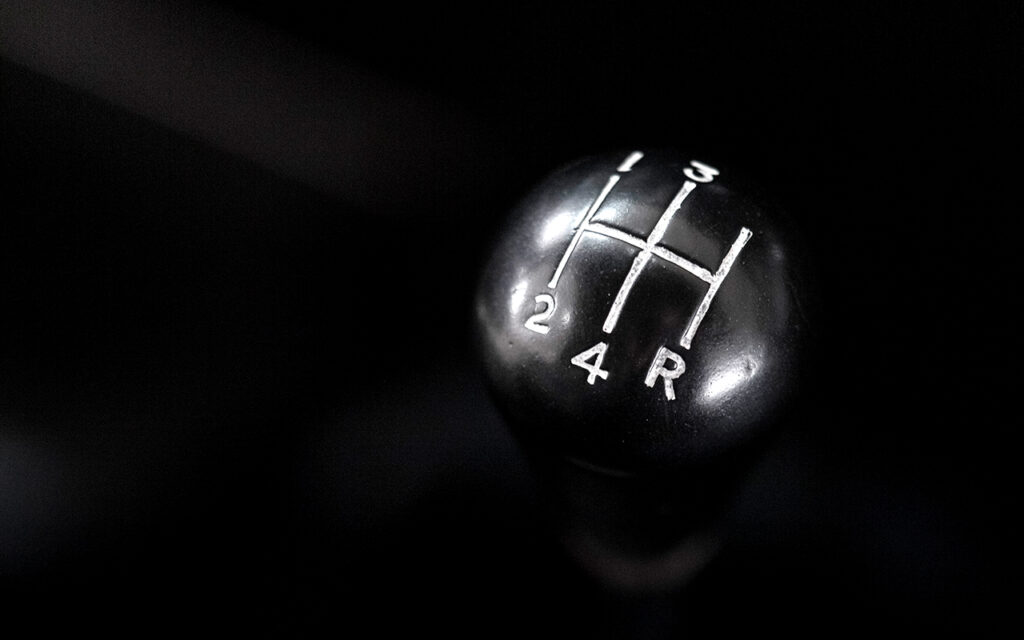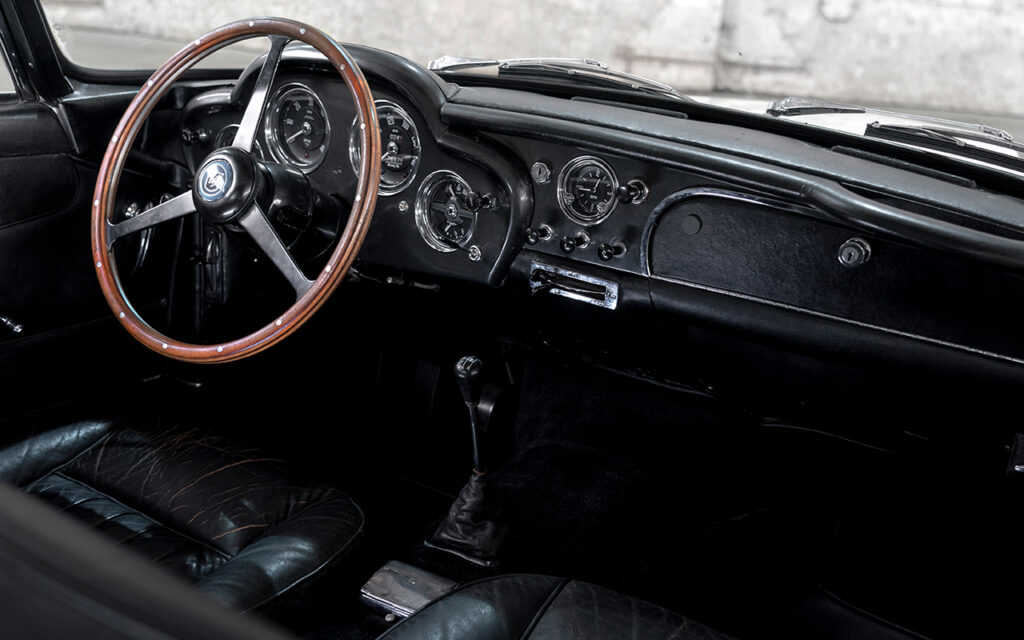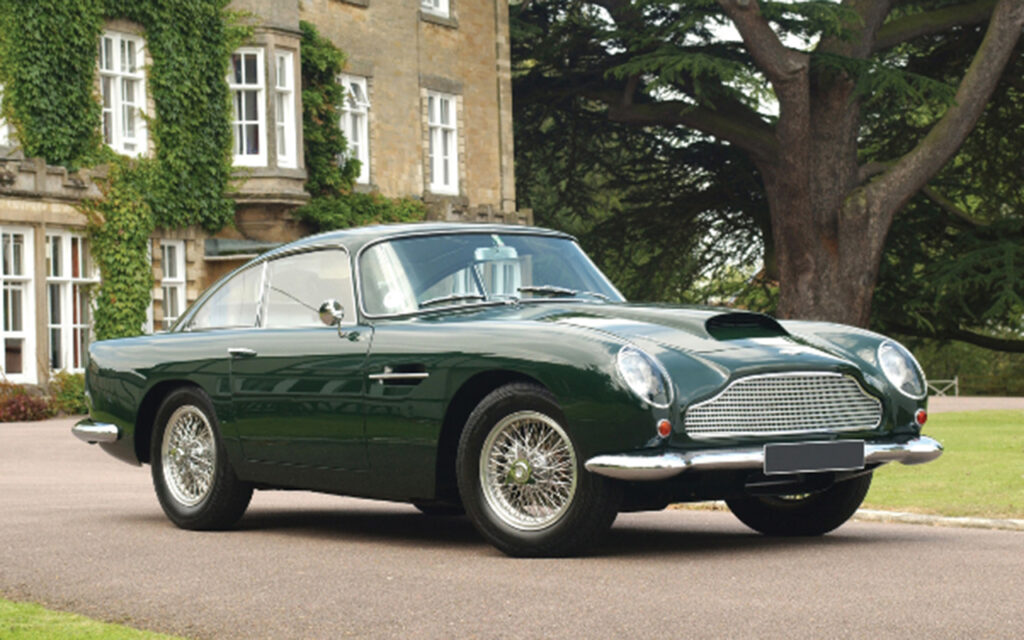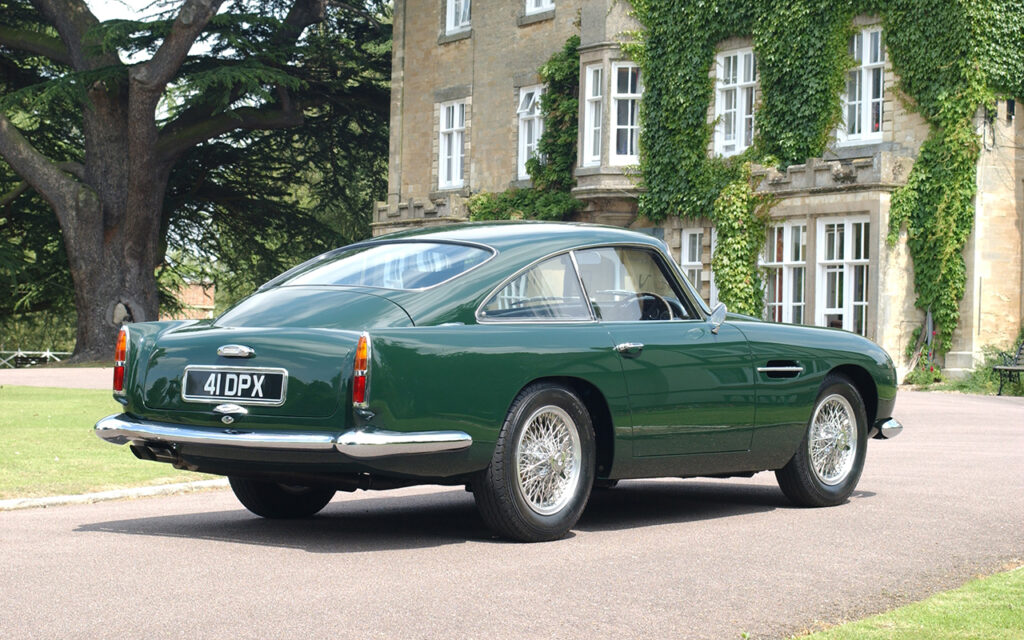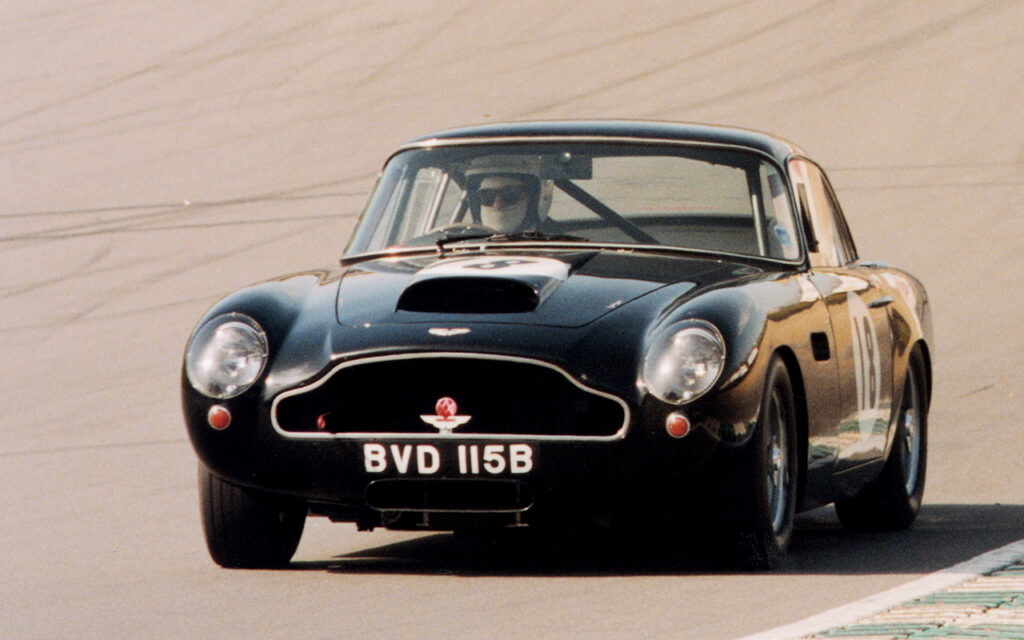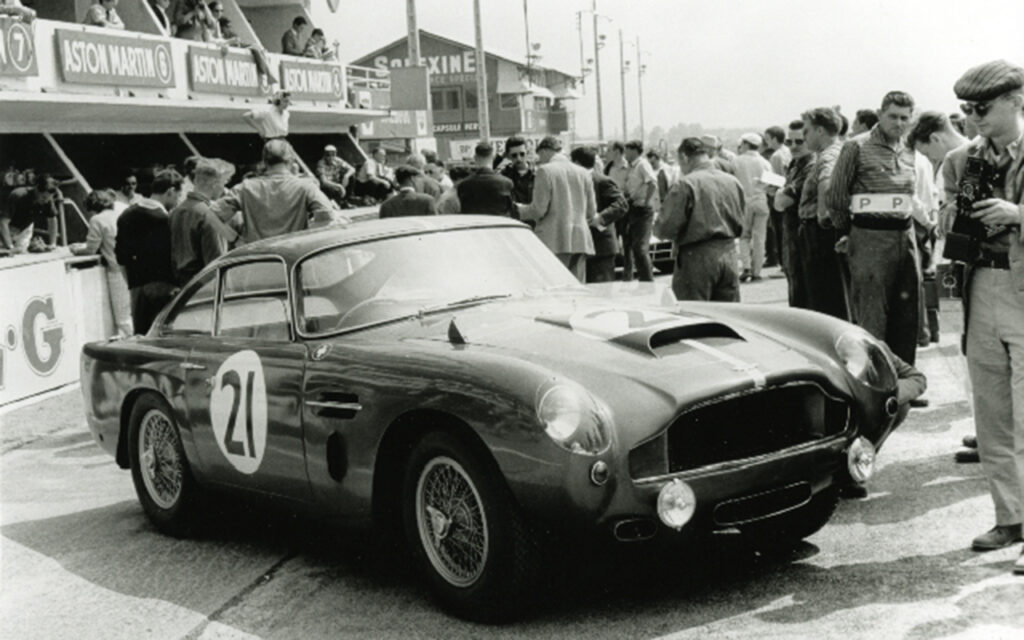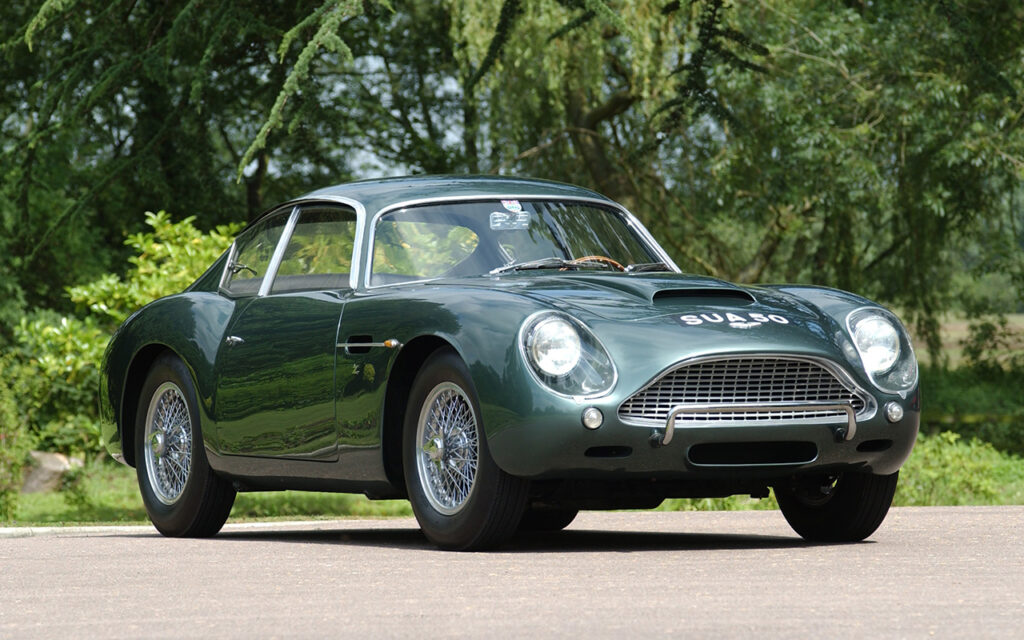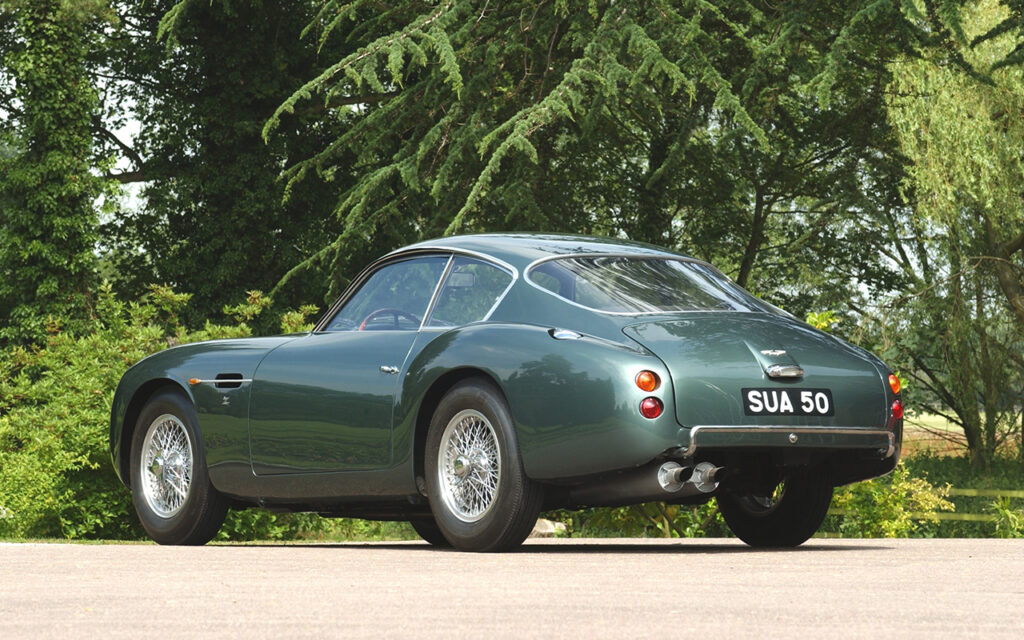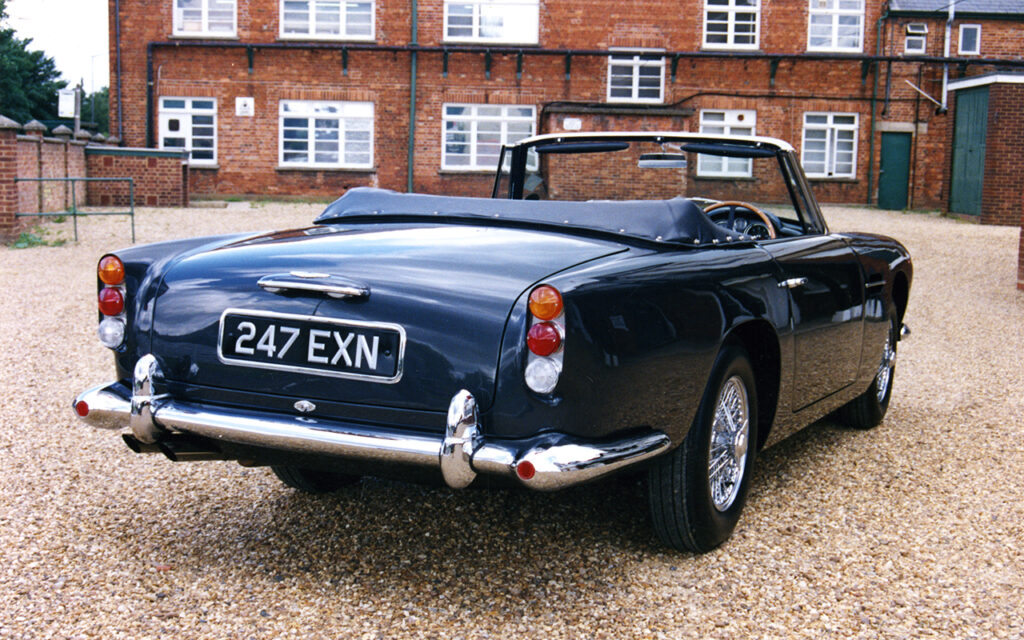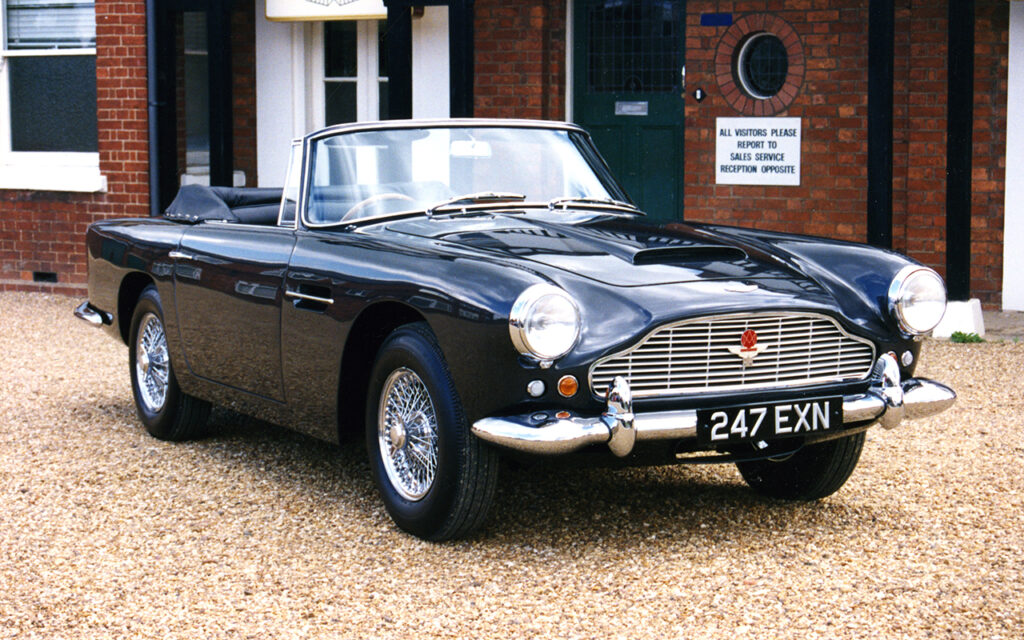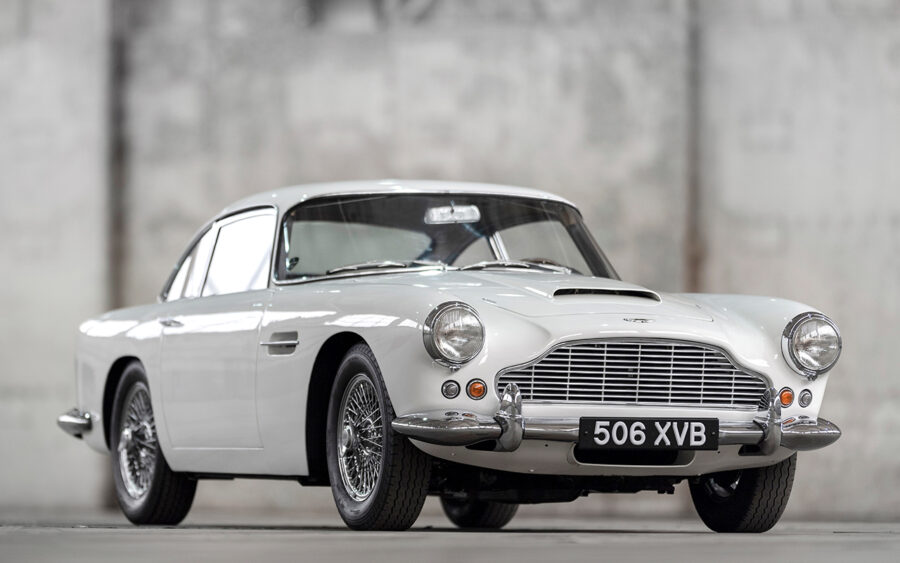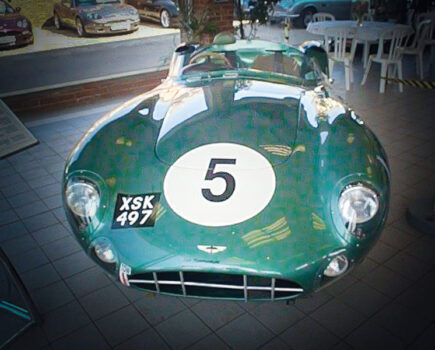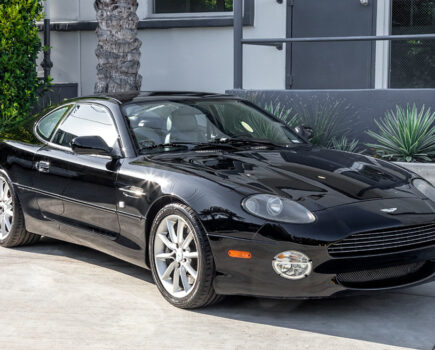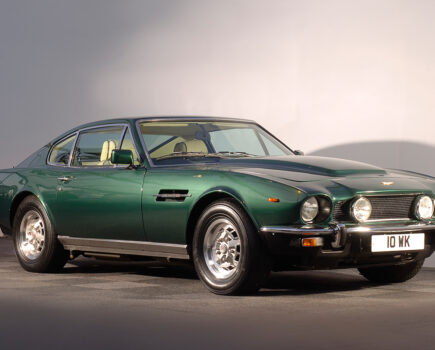Introduced in 1958, the Aston Martin DB4 was a big step forward for the British brand thanks to a new engine and some Italian influence
Words: Jon Burgess
The problem of how to replace the DB2 and its variants had been considered by Aston Martin as long ago as 1952. The DB4 represented a sea change for Aston Martin; the car which replaced the DB Mark III dispensed with Frank Feeley’s styling, introduced a new method of body construction and brought a new aluminium-alloy straight-six to the table.
Said changes took several years to converge, but coalesced in 1954, when Aston’s chassis designer, Harold Beach, created a new perimeter frame with a Frank Feeley body; known as Design Project (DP) 114/2, its dowdy styling prompted talks with Touring of Milan, which had previously bodied a pair of DB2/4 ‘Spyders.’
1954 also saw a new chief design arrive at Feltham – Polish-born Tadek Marek. Having joined Aston Martin from Aston, he was quickly put to work redesigning the Lagonda LB6 engine for used in the DB Mark III and the DBA was the result; by 1955, the firm’s new technical director, John Wyer, wanted a new engine to take the firm into the 1960s.
Upping capacity from the DBA’s 2.9-litres was key; the RAC ‘fiscal horsepower’ era was finally drawing to a close, and Wyer, keen on using the new engine to race as well as power a new range of road cars, suggested an all-alloy 3.0-litre with enough ‘stretch’ to be enlarged to 3.5-litres, if needed.
Marek’s initial design, now at 3.7-litres, used an iron block so large no foundry could cast it. Alterations were hastily made to return the engine back to the aluminium alloy suggested by Wyer; with cast iron liners installed, the new unit, known as DP186, went racing in the DBR2 and showed it could win events punched out to 3.9-litres. Harold Beach, meanwhile, had returned from Touring of Italy with a new proposal; the Italians were prepared to style Aston’s new car, but only if it licensed Touring’s ‘Superleggera’ construction method, which paired a steel platform chassis to a web of thin alloy tubes to carry the body panels of the car in question.
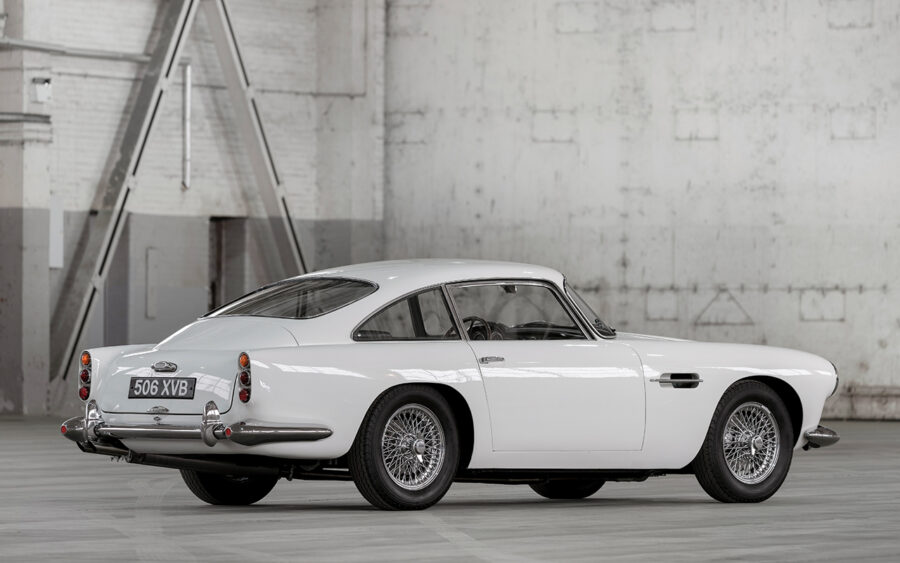
The decision was made to build bodies to this method in house at Newport Pagnell – after Beach had designed a platform chassis to take the Superleggera body penned by Touring’s Carlo Felice Bianchi Anderloni and Federico Formenti. Jigs were duly delivered in course, and the first DB4 prototype, DP184, was completed in 1957. Marek’s roadgoing six had been kept at 3.7-litres; with twin SU carburettors, the engine reliably generated 240bhp in DB2/4 Mark III test mules.
Following a positive reception from chairman David Brown, who drove the prototype for a week around Europe, the DB4 was nearing production – but overheating issues prompted a hasty redesign of the rear wings to incorporate vents. The bisected, rounded parallelograms, known as ‘letter boxes’ informally, became an Aston trademark.
Sadly, Harold Beach’s beloved De Dion suspension had to go from the prototype; its final drive unit transmitted too much noise into the cabin and was replaced with a live axle located by a Watt’s linkage and radius arms.
1958’s London Motor Show was the first time in which the DB4 was revealed to the public – and a lengthy series of modifications began to improve the car.
It was clear to Wyer that Beach had been cautious when designing the DB4’s chassis; as a fast grand tourer, it had a considerable margin built in that could be discarded should the only objective be racing. Thus, the DB4GT was born in 1959; production lasted until 1963. Such was its legacy, ‘Continuation’ cars – constructed by Aston Martin Works in 2017 – continued the chassis ledger for a new group of collectors.
Zagato improved on the DB4GT even further in 1960, when its even lighter, Ercole Spada-penned DB4GT Zagato stunned the world. Ferociously expensive and with just 19 units built, production was restarted twice with unallocated VINs – once in 1991 with the ‘Sanction II’ cars, and again in 2019 via Aston Martin Works.
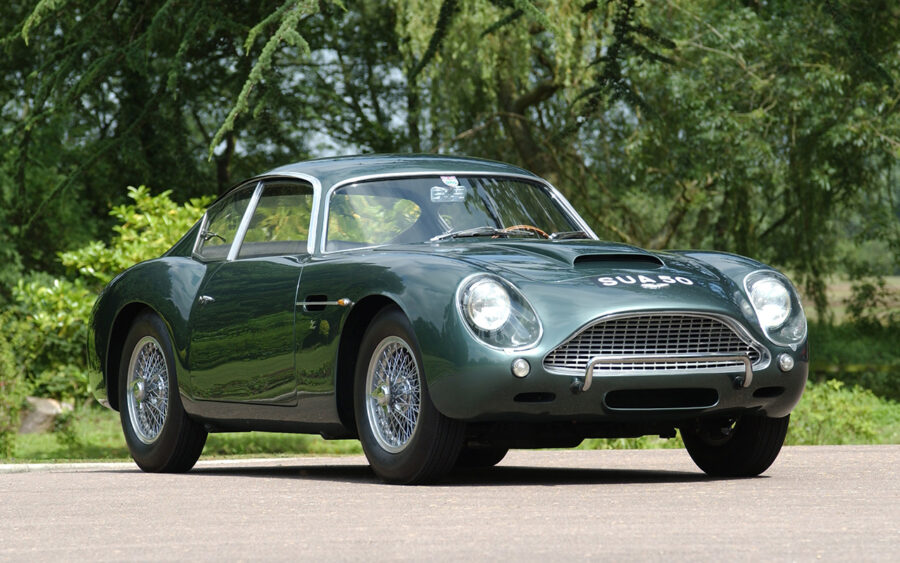
1961 saw the unloved Lagonda Rapide make its debut; chairman, David Brown, keen to revive the Lagonda marque, finally saw a Harold Beach chassis utilise a De Dion rear end with an enlarged 4.0-litre variant of the Marek six. Unhappy Touring Superleggera styling, and the imposition of an automatic gearbox, meant the expensive upstart stood no chance against the Jaguar MkX. Series 3 DB4s got underway and Bertone bodied a one-off car known as the ‘Jet’ for crowds at Geneva. Once again, Jaguar stole the show – this time with its E-type.
Convertible production ran between the six months of Series 3 production and the Series 4 cars arriving, which offered a range of higher performance options to customers. Few people took up the offer of the twin-plug, triple Weber, 300bhp GT engine, but it was an option with the Series 3. Series 4 cars upped the ante again: Special Series and Vantage engines became available, along with special dampers, close ratio gearboxes, and cowled headlamps that caused confusion with the later Series 5 cars (and the DB5 that followed).
DB4 production ended with a slow run down of 134 cars, built between September 1962 and June 1963. Some major changes, many of them previewing the DB5, came in. A lengthened, taller body meant more room for passengers – but it also increased weight, which prompted the installation of Special Series engines as standard. Cowled headlamps were also fitted, setting out the stall for the new DB5 now waiting in the wings.
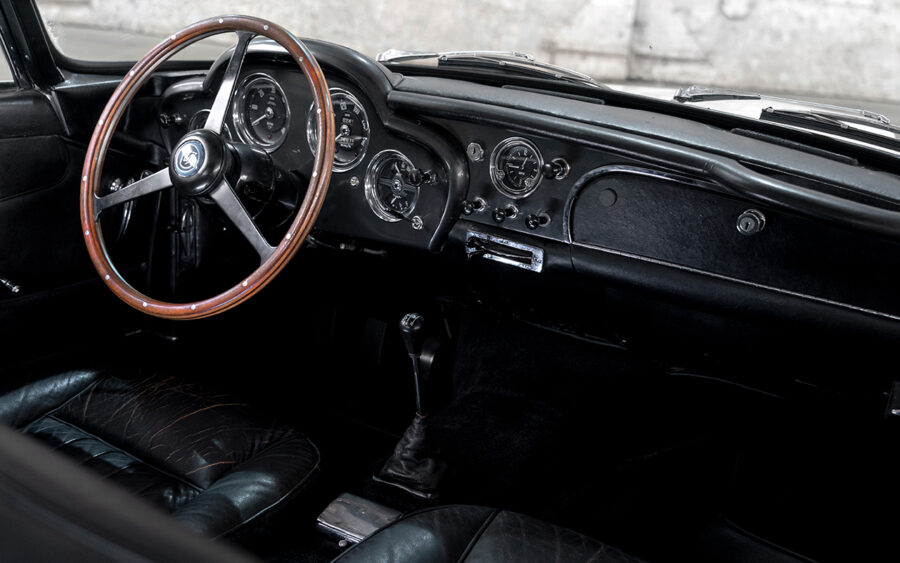
Aston Martin DB4 timeline
1958
DB4 Series 1 launched, with a new Tadek Marek straight-six engine, a new Frank Beach-designed chassis and a ‘Superleggera’ body designed by Touring of Italy.
1959
DB4GT, a bodily lightened (by 190lb) shorter chassied (by five inches) DB4 intended for GT-class racing, is revealed. Marek six-cylinder fitted with twin plugs per pot and triple Weber carburettors; Stirling Moss takes a GT to Silverstone, where it wins its inaugural race.
1960
DB4 Series 2 cars, with mechanical and trim improvements, go on sale.
DB4GT Zagato unveiled at Earls Court; an even lighter, more powerful variant of the DB4GT, styled by Ercole Spada, its high price was its downfall. 19 were produced in period, but four ‘Sanction II’ cars, using unallocated chassis numbers, were produced in 1991.
1961
DB4 Series 3 cars released; built for only six months, improvements were mostly mechanical, but the GT engine was listed as an option for the first time. Bertone produce a specially bodied DB4, the ’Jet’; overshadowed by the launch of the Jaguar E-type at Geneva, it remained a one-off.
Lagonda Rapide revives the dormant marque, also incorporated into the David Brown empire. 3.7-litre six taken out to 4.0-litres. Automatic only, and based on a stretched Harold Beech DB4 chassis, the body was styled by Touring but it proved too expensive to provide any challenge to the Jaguar MkX.
Series 4 DB4s begin production in September; performance options increase markedly for the standard DB4; Vantage and Special Series engines are offered for the first time, along with Armstrong Selectaride dampers, a close ratio gearbox and cowled headlamps latterly associated with the DB5. Convertible released spanning Series 3 and Series 4 production; 70 produced in total.
1962
Lengthened, heavier Series 5 cars launched to provide more interior space; Special Series engines now fitted as standard to overcome the extra bulk. Fewest saloons built of all series at 134.
1963
DB4GT production ends alongside the DB4 Series 5, which is slowly phased out in favour of the DB5.
